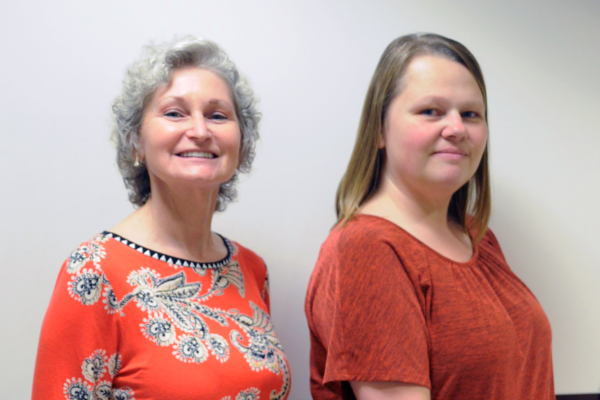Diabetes is a group of diseases in which a person has high blood sugar because the body either does not produce enough insulin or does not use insulin in the way that it should.
Prediabetes is a health condition in which patients have higher than normal blood sugar, but not yet high enough level to be diagnosed with type 2 diabetes. Most people living with prediabetes don’t know they have it. The following factors put you at higher risk for prediabetes and the onset of type 2 diabetes:
- Being overweight
- Being 45 years or older
- Smoking
- Having a parent or sibling with type 2 diabetes
- Poor diet
- Exercising less than three times per week
- Having a history of gestational diabetes or giving birth to a baby who weighed more than 9 pounds
- Having polycystic ovary syndrome (PCOS)
Type 1 diabetes is an early-onset autoimmune disorder where your body does not produce insulin. It often presents in childhood and is something patients will manage throughout their lifetimes.
Type 2 diabetes, on the other hand, is a treatable condition caused by poor health habits and obesity. Type 2 diabetes occurs most often in adults when the body does not produce enough insulin or doesn’t process insulin the way it should.
Gestational diabetes is a type of diabetes that can develop during pregnancy. During pregnancy, a woman’s body makes more hormones and goes through other changes, such as weight gain. These changes cause the body’s cells to use insulin less effectively, a condition called insulin resistance.
While type 1, type 2 diabetes and gestational diabetes stem from different origins, they often share similar symptoms and consequences. Whichever the condition you or a family member may be experiencing, PMC has a well-rounded team of specialists that can help.
The symptoms of diabetes can be difficult to recognize so it is important to know the risk factors and attend regular doctor visits.
If you experience two or more of the following symptoms, you should consult your family medicine physician for screening:
- Urinate often, especially at night
- Extreme thirst
- Lose weight without trying
- Extreme hunger
- New or unusual blurred visions
- Numbness or tingling in the hands or feet
- Fatigue, or feeling very tired
- Dry skin
- Slow-healing wounds and sores
- More infections than usual
Some patients living with diabetes may exhibit no symptoms until their condition is severe. If you are at higher risk for prediabetes or type 2 diabetes, you should talk to your primary care provider about routine blood sugar testing – a simple screening that can be conducted in-office.
There are lifestyle changes that you can make to manage/reverse prediabetes and prevent Type 2 diabetes.
- Take small steps. Making changes to your lifestyle and daily habits can be hard, but you don’t have to change everything at once. It is okay to start small. Remember that setbacks are normal and do not mean you have failed—the key is to get back on track as soon as you can.
- Move more.Limit time spent sitting and try to get at least 30 minutes of physical activity, 5 days a week. Start slowly by breaking it up throughout the day.
- Choose healthier foods and drinks most of the time. Pick foods that are high in fiber and low in fat and sugar. Build a plate that includes a balance of vegetables, protein, and carbohydrates. Drink water instead of sweetened drinks.
- Lose weight, track it, and keep it off.You may be able to prevent or delay diabetes by losing 5 to 7 percent of your starting weight.
- Seek support. It is possible to reverse prediabetes. Making a plan, tracking your progress, and getting support from your medical provider can help you make the necessary lifestyle changes. Pikeville Medical Center is here to help.
- Stay up to date on vaccinations. The COVID-19 and flu vaccines are especially important for people who may be more likely to get very sick from COVID-19 or the flu, such as people with diabetes.
Source: National Institute of Diabetes and Digestive and Kidney Diseases











